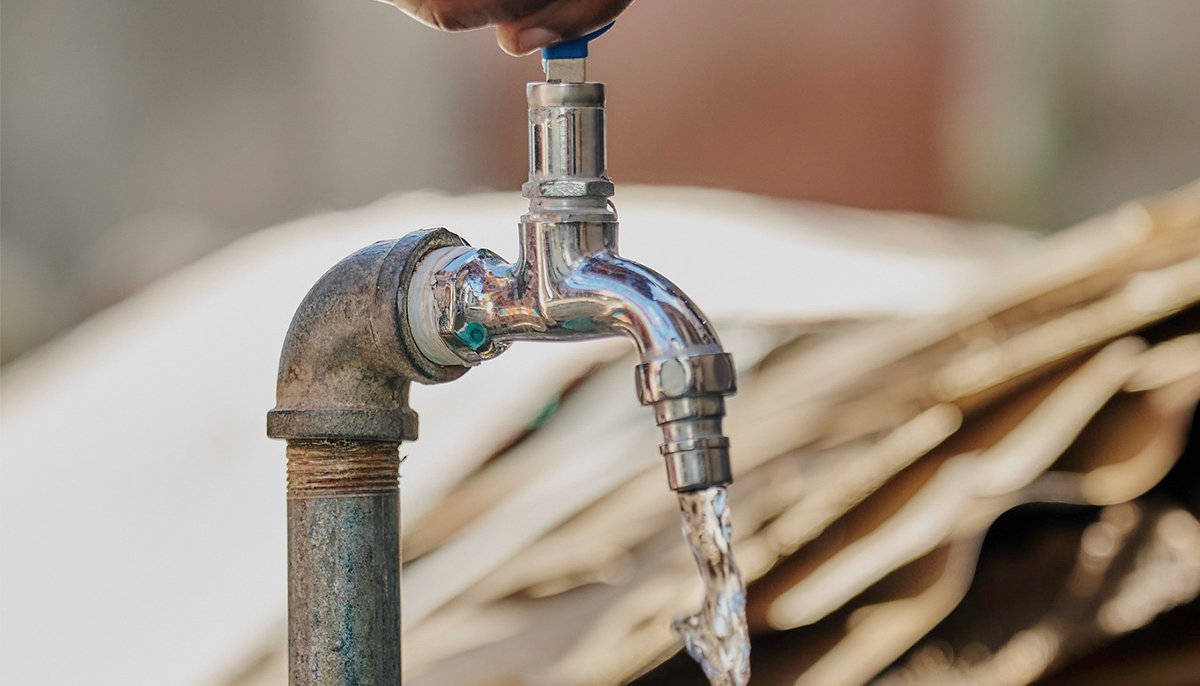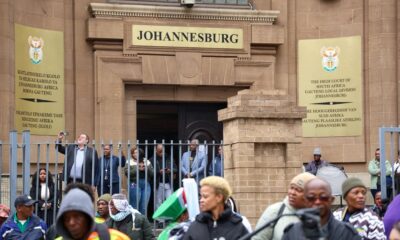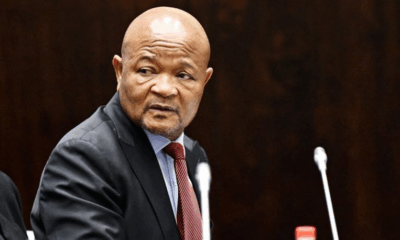News
Tshwane’s Water Crisis Deepens as Plant Failures and Dam Contamination Spark Fresh Fears

Tshwane’s Water Troubles Grow as Turbidity and Dam Contamination Worry Residents
Water outages, murky taps and a shaken public, Tshwane’s latest water scare shows no signs of easing.
The City of Tshwane is once again firefighting a string of water-related issues, and this time residents say their patience is running thin. From murky, undrinkable water in Bronkhorstspruit to warnings about partially treated effluent entering Rietvlei Dam, the city’s water network is under pressure on several fronts.
In Bronkhorstspruit, households were hit with yet another unsettling notice this week: do not drink or cook with the water until further notice. High turbidity levels essentially cloudy, particle-filled water have made the supply unsafe. For locals who say they’ve been dealing with poor water quality for months, the alert landed like déjà vu.
“Every time the water comes back on, it’s brown or it smells like sewage. How are we supposed to live like this?” one resident wrote on a local Facebook group, echoing a sentiment shared widely across the community.
Turbidity, Power Failures and Pump Breakdowns Drain Public Trust
Tshwane MMC for Utility Services, Frans Boshielo, says the situation stems from ongoing mechanical problems at the Bronkhorstspruit water treatment plant. A second raw-water pump critical to normal operations failed to restart after a recent power outage.
Engineers are still running fault-finding tests, and until the system stabilises, water that usually feeds Bronkhorstspruit and Zithobeni will be diverted to the Ekandustria reservoirs. The move is necessary, Boshielo says, to prevent a full system collapse.
A quick snapshot of reservoir levels shows how stretched the system is:
-
Bronkhorstspruit/Zithobeni East: 52%
-
Bronkhorstspruit/Zithobeni West: 13%
-
Zithobeni Tower: 92%
-
Ekandustria North: 1%
-
Ekandustria South: 2.3%
These numbers paint a picture of a city scrambling to keep water flowing while simultaneously tackling infrastructure breakdowns that seem to pile up faster than officials can address them.
Rietvlei Dam Contamination Raises Eyebrows And Anxiety
As if the Bronkhorstspruit crisis weren’t enough, Tshwane confirmed that partially treated effluent was detected entering Rietvlei Dam earlier this week via the Sesmyl Spruit.
The city’s spokesperson, Lindela Mashigo, has urged calm, stressing that the situation is being “closely managed.” But residents familiar with Gauteng’s long, troubled history of wastewater plant failures were quick to express concern.
On X (formerly Twitter), one user posted:
“First Hammanskraal, now Rietvlei? How many warnings must we ignore before something tragic happens?”
Mashigo says specialists are conducting extensive water-quality testing and on-site monitoring to determine the severity and source of the contamination. Until assessments are complete, the public has been cautioned not to fish, swim, or use the water in any way.
“Activities at the dam are undertaken at your own risk,” he added.
A Wider Crisis Rooted in Aging Infrastructure and Governance Gaps
While these warnings are new, the underlying problems are not. Tshwane, like many South African metros, is battling aging water infrastructure, frequent power cuts that cripple pumping stations, and the long-term consequences of maintenance backlogs.
Bronkhorstspruit residents say their battle for clean water predates this latest turbidity spike. Meanwhile, Rietvlei a key dam in Pretoria’s water system has faced repeated contamination alerts in recent years due to upstream wastewater malfunctions.
Experts say the city is caught in a cycle where technical failures trigger public health concerns, which then erode public trust even further.
Residents Want Answers, Not Assurances
Local frustration isn’t just about dirty water; it’s about communication gaps, delayed repairs and the sense that these crises are becoming normal. In a province still haunted by the Hammanskraal cholera tragedy, communities are unwilling to simply “wait and see.”
For now, Tshwane officials insist there is “no need for alarm.” But for residents who have witnessed reservoir levels dropping, pumps failing and water running brown from their taps, reassurance will only go so far.
The city’s next challenge won’t just be repairing pumps or clearing effluent, it will be rebuilding confidence in a system people rely on every single day.
{Source: The Citizen}
Follow Joburg ETC on Facebook, Twitter , TikTok and Instagram
For more News in Johannesburg, visit joburgetc.com



























